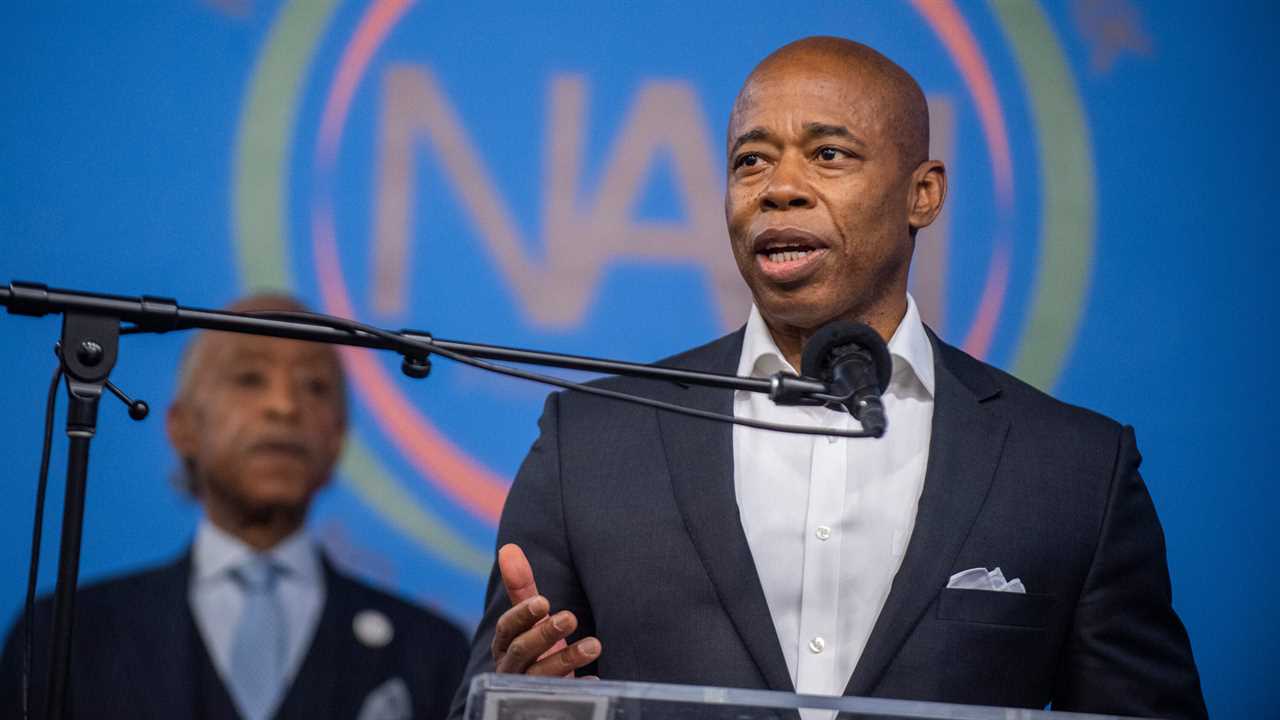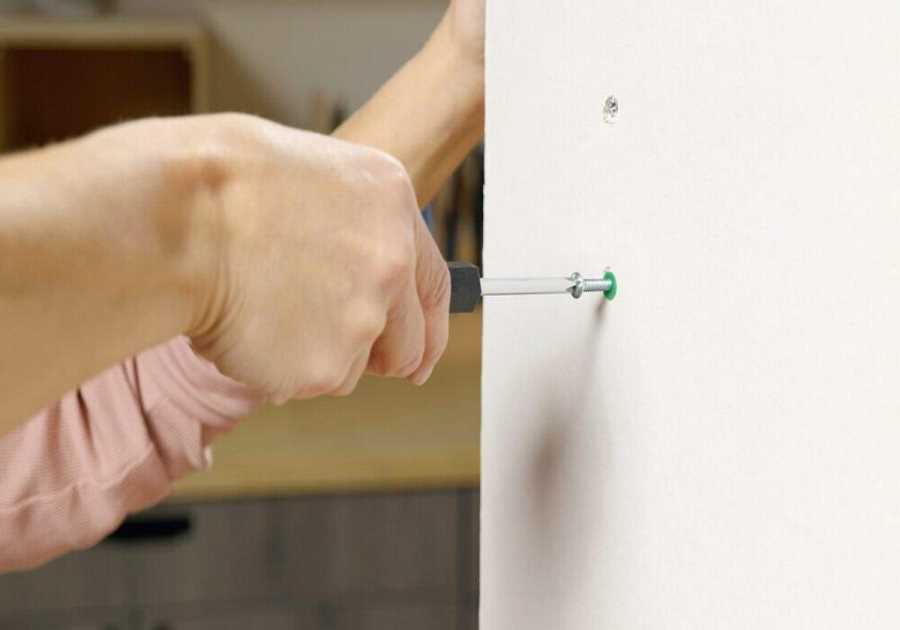
Not long after winning New York City’s Democratic primary, Eric Adams had a quick answer to the question of how his potential mayoralty should be judged.
“Public safety,” Mr. Adams said in one interview last summer, asked to define success in a first term. “That’s the prerequisite to prosperity.”
Mr. Adams is now New York’s 110th mayor, and two weeks into his tenure, a stunning crime has illustrated vividly the challenges he faces in delivering on his central campaign promise of building a safer and more just New York.
Michelle Alyssa Go, a 40-year-old woman who worked at the consulting firm Deloitte, was pushed to her death in front of a train at a Times Square station on Saturday — a horrific killing that captured many New Yorkers’ deepest fears. The man who told officers that he shoved her onto the tracks was homeless and had a history of mental illness, the police said.
After months of warnings from Mr. Adams and many business executives that crime and fears of crime were hurting New York’s economic recovery, the fatal shoving — in the heart of the Midtown business and entertainment district — injected fresh uncertainty into efforts to revive tourism and fill the city’s partially empty offices.
The episode also gave new urgency to the debates about policing, public safety and social services that defined the mayoral race and helped cement Mr. Adams’s primary victory. Now, though, Mr. Adams, who pledged that increasing safety need not conflict with criminal justice reforms, will be held accountable for results.
“That’s the biggest challenge he really faces,” said Kathryn S. Wylde, who leads the business-aligned organization Partnership for New York City and who emphasized that business leaders were “rooting for the mayor and his commitment to restoring public safety.”
“How does he reconcile, in real life, those things?” she continued. “It’s one thing when you’re on the campaign trail, but it’s something else where you actually have to make policy decisions.”
Even before the Times Square killing, the early days of Mr. Adams’s tenure were marked by several jarring crimes, including the fatal shooting of a 19-year-old woman working at a Burger King in East Harlem, and the shooting of an off-duty police officer as he slept in a car between shifts.
The mayor’s approach to reducing crime, which includes an expansive role for the police, is not universally shared in overwhelmingly Democratic New York. Alvin Bragg, the first Black person to serve as Manhattan’s district attorney, has instructed prosecutors in his office to avoid seeking jail time for all but the most serious crimes, and to stop charging a number of lower-level crimes.
Mr. Adams, the city’s second Black mayor, has shied away from discussing potential disagreements with Mr. Bragg. But he has made it clear that to combat gun violence he supports policies like reconstituting a reformed version of controversial plainclothes police units that had been disbanded.
“Our recovery is dependent on the public safety in this city and in this subway system,” Mr. Adams said at a news conference on Saturday. “We can do that with the right balance, a balance of safety and a balance of proactively giving people the assistance they need when they’re in mental health crisis.”
Asked how the public should judge him on such issues now, Mr. Adams said in an interview on Monday that he wanted to see less crime and an increased perception that the city is safe. New York’s crime rates are much lower now than in notorious earlier decades, but by some measures they have spiked compared with prepandemic levels.
“That fear is real,” Mr. Adams, a former police captain and transit officer, said. Leaders must prevent innocent people from being killed, he said, “and we also must fight the fact that there’s a feeling that our system is unsafe and is out of control based on what happens every day.”
In his first week in office, Mr. Adams and Gov. Kathy Hochul said they planned to have police officers conduct more regular sweeps of the subway system and announced efforts to expand homeless outreach teams — evidence of Mr. Adams’s effort to strike a balance between what he calls “intervention and prevention” and safety and justice.
Some of Mr. Adams’s supporters welcome the policing aspect of the plan for improving subway safety. But New Yorkers to the left of Mr. Adams politically note that there has long been a heavy police presence in Times Square, and there were officers assigned to the station on Saturday, underscoring their view that a larger or more visible police presence is not the answer. Some advocates for homeless people have also expressed significant reservations about aspects of the plan announced by Mr. Adams and Ms. Hochul.
“This notion that just adding more police is going to solve something, that notion is proven not to work when it’s a place like Times Square,” said Jumaane D. Williams, New York City’s public advocate and a Democratic candidate for governor. He acknowledged that the current leaders’ plan was still in its early stages. “That doesn’t mean that law enforcement doesn’t have a part to play.”
Mr. Williams emphasized the importance of investing more in combating mental health problems and homelessness, and he suggested that he was interested in collaborating with Mr. Adams when there are areas of agreement.
During the interview, Mr. Adams at times struck similarly conciliatory notes, stressing that seriously addressing issues of public safety, mental health and homelessness would require a “team effort” involving law enforcement, elected officials and other experts.
But pressed on the specific criticism that the Times Square killing was an argument against having a more visible police presence, Mr. Adams was blunt.
“I’d say they’re wrong,” he said of those taking that position. He stressed that his policy changes were meant to both stop violence and reduce the perception that the subway was unsafe.
“It can’t be cosmetic without results,” he added.
Debates about how best to handle crime, mental health and homelessness come as the pandemic exacerbates many of those longstanding issues around the country.
“The underlying conditions were never addressed, so we’re now at a moment where it feels like a powder keg is exploding,” said Donovan Richards, the Queens borough president. Describing how entrenched many of those overlapping problems are, he continued, “Eric ran on a platform of safety, and it’s going to be a challenge.”
Lawmakers and Asian American community leaders said in interviews that the mayor has moved urgently behind the scenes to share information after the killing of Ms. Go. The police have said there is no indication that she was targeted because of her ethnicity, but the shoving was perhaps especially wrenching for many New Yorkers of Asian descent, a diverse constituency that has experienced soaring bias crimes amid the pandemic.
On Saturday, Mr. Adams convened a Zoom meeting, inviting Asian American elected officials from across the city, elected leaders from Manhattan and community advocates, the mayor’s office said. The police commissioner, Keechant Sewell, and several chiefs also attended.
“Whatever the charges are, our community is really reeling right now,” said Jo-Ann Yoo, the executive director of the Asian American Federation. “I just appreciated the fact that he reached out to even engage us that way.”
The mayor also told State Senator John C. Liu about the Times Square killing before Mr. Liu had seen news accounts, and Mr. Liu said that Mr. Adams had “handled it better than anybody else has handled it in recent memory.” But the bar Mr. Adams must keep meeting, he suggested, is a high one.
“Voters have considerably high expectations from Mayor Adams when it comes to public safety,” Mr. Liu said. “He made an issue out of it during the campaign, rightfully so, and people will expect him to deliver.”
Mr. Adams said on Monday that he was keenly aware of that dynamic.
“I want the expectations to be high,” he said. “The stakes are high.”
Title: Eric Adams Ran on Making New York Safer. A Subway Killing Poses a Test.
Sourced From: www.nytimes.com/2022/01/17/nyregion/eric-adams-crime-subway-shoving.html
Published Date: Tue, 18 Jan 2022 01:03:18 +0000
Did you miss our previous article...
https://rsssuperfeeds.com/viral-news/chinas-births-hit-a-historic-low-this-is-a-problem-for-beijing






